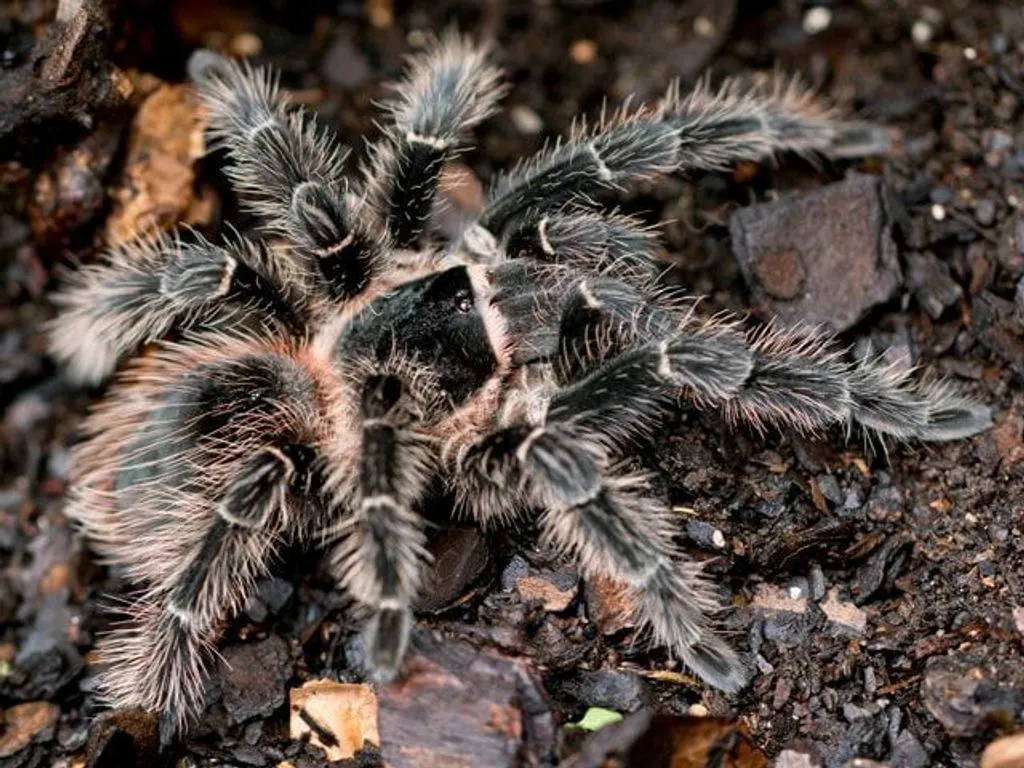Understanding the Brazilian Salmon Tarantula
The Brazilian Salmon Tarantula (Lasiodora parahybana) is a captivating species, popular among tarantula enthusiasts due to its impressive size and relatively docile temperament. Native to the rainforests of Brazil, this giant tarantula offers a fascinating glimpse into the world of arachnids. Understanding its natural environment and characteristics is the first step towards providing optimal care. Their impressive size and striking appearance make them a centerpiece in any collection, but their care requirements must be met to ensure their well-being. Properly caring for a Brazilian Salmon Tarantula involves replicating its natural habitat as closely as possible, from temperature and humidity to diet and handling. This comprehensive guide provides everything you need to know to keep your Brazilian Salmon Tarantula healthy and thriving.
Origin and Habitat
Brazilian Salmon Tarantulas are endemic to the rainforests of Brazil. In their natural habitat, they live in burrows or under rocks and logs, providing shelter from the elements and predators. The climate in these regions is typically warm and humid, with consistent temperatures and high humidity levels. Replicating this environment is crucial for their health and well-being in captivity. Understanding their origin allows for a better understanding of their needs. By mimicking the natural conditions of their native habitat, you can ensure your tarantula thrives and exhibits its natural behaviors. This includes temperature gradients, substrate choice, and providing hiding places, all of which contribute to the tarantula’s sense of security and overall health. Knowing about their natural habitat also helps understand their activity patterns and the kind of food they would naturally consume.
Physical Characteristics and Appearance
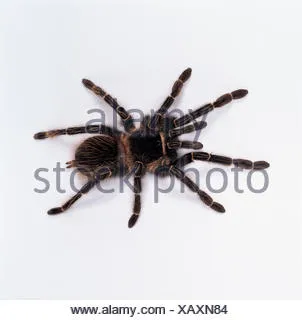
The Brazilian Salmon Tarantula is one of the largest tarantula species in the world, with females reaching a leg span of up to 10 inches. Their bodies are covered in hairs that can cause irritation if they come into contact with skin. The name ‘Salmon’ refers to the pinkish or salmon-colored hairs that adorn their legs and carapace. They have a robust build and powerful fangs, which are used to capture and subdue prey. Observing these physical characteristics can provide valuable insights into their health. Their size, coloration, and overall appearance are key indicators of their well-being. Regular observation is critical, as any changes in their appearance, such as discoloration, loss of hair, or unusual behaviors, may indicate underlying health issues. The size of their fangs and overall body proportions also provide important clues about their maturity and overall health.
Setting Up the Ideal Enclosure
Creating the right enclosure is essential for the health and happiness of your Brazilian Salmon Tarantula. The enclosure should provide a safe and comfortable environment that mimics their natural habitat. This involves selecting the appropriate tank size, substrate, and décor, as well as maintaining optimal temperature and humidity levels. An appropriate enclosure is crucial for their health. The right enclosure setup will prevent stress, and provide a sense of security. The enclosure setup directly impacts the overall well-being of your tarantula, influencing its feeding habits, molting cycles, and general activity. A well-designed habitat reduces stress and encourages natural behaviors, contributing to the spider’s longevity and quality of life. The enclosure’s design should also facilitate easy maintenance and provide opportunities for observation, allowing you to monitor your tarantula’s health and behavior.
Choosing the Right Tank Size
Due to their large size, Brazilian Salmon Tarantulas require spacious enclosures. A good rule of thumb is to provide an enclosure that is at least three times the tarantula’s leg span in length and width. A 20-gallon long tank or larger is typically recommended for adults. The enclosure should have a secure lid to prevent escape and allow for good ventilation. Tank size is a key factor in the tarantula’s comfort. It should provide enough space for the tarantula to move around, build a burrow, and feel secure. An appropriately sized enclosure is crucial for the spider’s mental and physical well-being. A too-small enclosure can lead to stress and behavioral issues, while a too-large one might make it difficult for the tarantula to find food. Consideration should be given to future growth when choosing the initial size, and it’s usually a good idea to select an enclosure that can accommodate the tarantula as it matures.
Substrate Selection and Depth
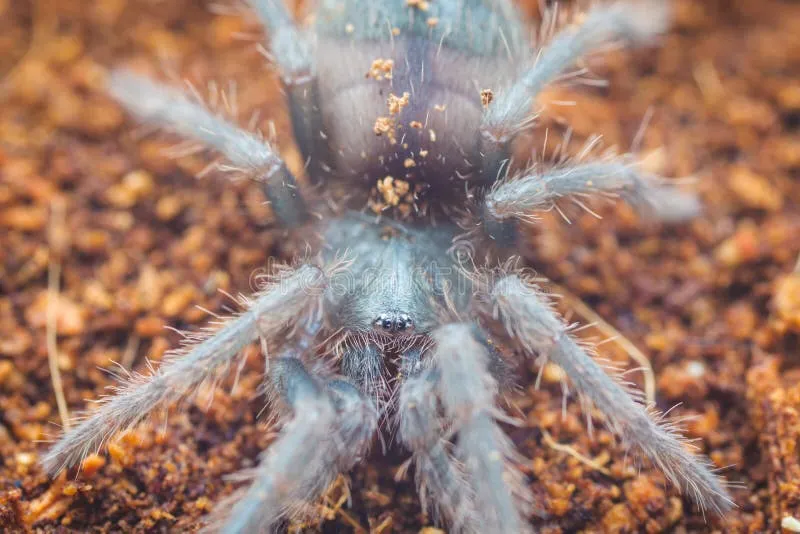
The substrate is the bedding material that lines the bottom of the enclosure and provides a place for the tarantula to burrow and feel secure. A good substrate should retain moisture, allow for burrowing, and be safe for the tarantula. Recommended substrate options include a mixture of peat moss, coconut fiber, and vermiculite. The substrate should be deep enough for the tarantula to burrow, typically 6-8 inches for adults. The depth of the substrate is crucial for the tarantula’s well-being. It should allow for burrowing and provide a comfortable environment. The substrate also plays an important role in maintaining the right humidity levels within the enclosure. The ability to burrow is a natural behavior for Brazilian Salmon Tarantulas, as it provides them with a safe place to hide and retreat when they feel threatened. The substrate also acts as a medium for waste removal, and needs to be regularly maintained to keep the enclosure clean.
Providing Hides and Decorations
Providing hides and decorations enhances the environment and gives the tarantula a sense of security. Hides can be made from cork bark, hollow logs, or commercially available tarantula hides. These provide a place for the tarantula to retreat and feel safe, reducing stress and encouraging natural behaviors. Decorations can include artificial plants, rocks, or other non-toxic items. These not only enhance the aesthetic appeal of the enclosure, but also provide climbing opportunities and a more stimulating environment. Appropriate hideaways are essential for the tarantula’s mental health. They offer a safe haven where the tarantula can relax and feel secure. Decorations should be chosen carefully to avoid any hazards that could potentially harm the tarantula. The addition of these elements creates an environment that stimulates the spider’s instincts, reduces stress, and promotes natural behaviors. Providing a variety of hiding spots ensures that your tarantula has a sense of security, leading to better health.
Maintaining Temperature and Humidity
Brazilian Salmon Tarantulas thrive in warm and humid environments. The ideal temperature range is between 75-85°F (24-29°C). This can be achieved using a heat mat attached to the side of the enclosure. Humidity levels should be maintained between 65-75%. This can be achieved by misting the enclosure with water every few days and ensuring the substrate is slightly moist. Temperature and humidity are crucial for the tarantula’s health. Consistent temperature and humidity levels are essential for their health, molting, and overall well-being. Monitoring these parameters regularly is important, as fluctuations can cause stress and health problems. Using a digital thermometer and hygrometer allows for easy monitoring and adjustments. Misting the enclosure helps increase the humidity levels, while proper ventilation prevents the buildup of mold and bacteria. Maintaining the correct temperature and humidity also encourages the tarantula’s appetite and activity.
Feeding Your Brazilian Salmon Tarantula
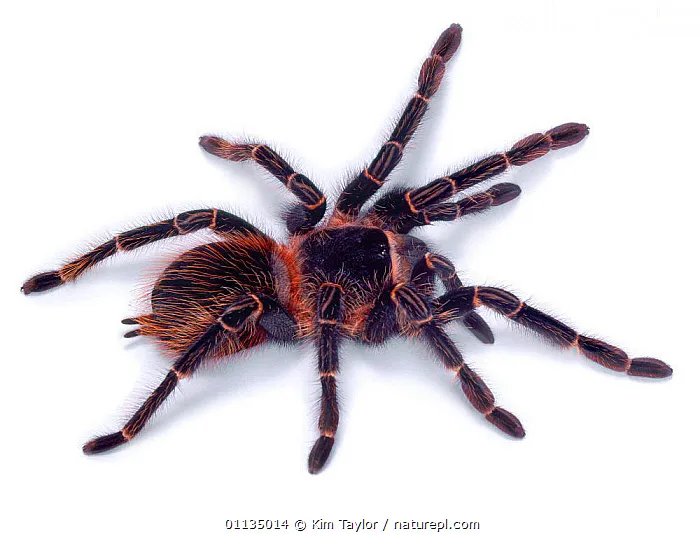
Feeding is a key aspect of Brazilian Salmon Tarantula care, and ensuring a proper diet is crucial for their growth and overall health. It is important to choose appropriate food choices, feed at the correct frequency, and ensure that your tarantula has access to water. A balanced diet is vital for promoting healthy growth and development. Providing the right nutrition ensures the spider has the energy it needs to function properly. Feeding habits can provide insights into the tarantula’s health. Changes in appetite, for instance, could indicate underlying health issues. Understanding their dietary needs and feeding habits will ensure your tarantula lives a long and healthy life. Regular feeding, combined with proper hydration, is necessary to keep your spider thriving.
Appropriate Food Choices
Brazilian Salmon Tarantulas are carnivorous and primarily feed on insects. Suitable food choices include crickets, mealworms, roaches, and other feeder insects. The size of the prey should be appropriate for the size of the tarantula; a good rule is to provide insects that are no larger than the tarantula’s body. The food should be gut-loaded before feeding, meaning that the insects are fed nutritious food to improve their nutritional value. Avoid feeding them insects that have been exposed to pesticides or chemicals. A varied diet is essential for the tarantula’s health. Offering a mix of different insects ensures the spider receives a variety of nutrients. Supplementing their diet with occasional treats, such as pre-killed pinky mice (for adults), can also be beneficial. Providing a variety of food ensures your tarantula is getting a range of essential nutrients. Always make sure that the food items are clean and healthy to avoid transmitting any potential diseases or parasites. Ensuring the food is of good quality will help in maintaining the tarantula’s health.
Feeding Frequency and Portion Sizes
The feeding frequency depends on the age and size of the tarantula. Spiderlings should be fed 2-3 times a week, while juveniles and adults can be fed every 1-2 weeks. The portion size should be appropriate for the tarantula’s size; generally, one or two insects per feeding are sufficient. Remove any uneaten food within 24 hours to prevent mold or mites. The frequency of feeding should be adjusted based on the tarantula’s appetite and overall condition. A tarantula that is showing good growth and a healthy appetite may need more frequent feeding. Always observe the tarantula’s condition and adjust the feeding schedule accordingly. Overfeeding can lead to obesity and health problems, while underfeeding can hinder growth. Monitoring the tarantula’s abdomen size is also an important indicator of its nutritional status. Feeding frequency depends on various factors, including age, molting cycle, and environmental conditions. Monitoring these factors and adjusting the feeding schedule accordingly ensures the tarantula is getting the appropriate amount of food.
Watering and Hydration
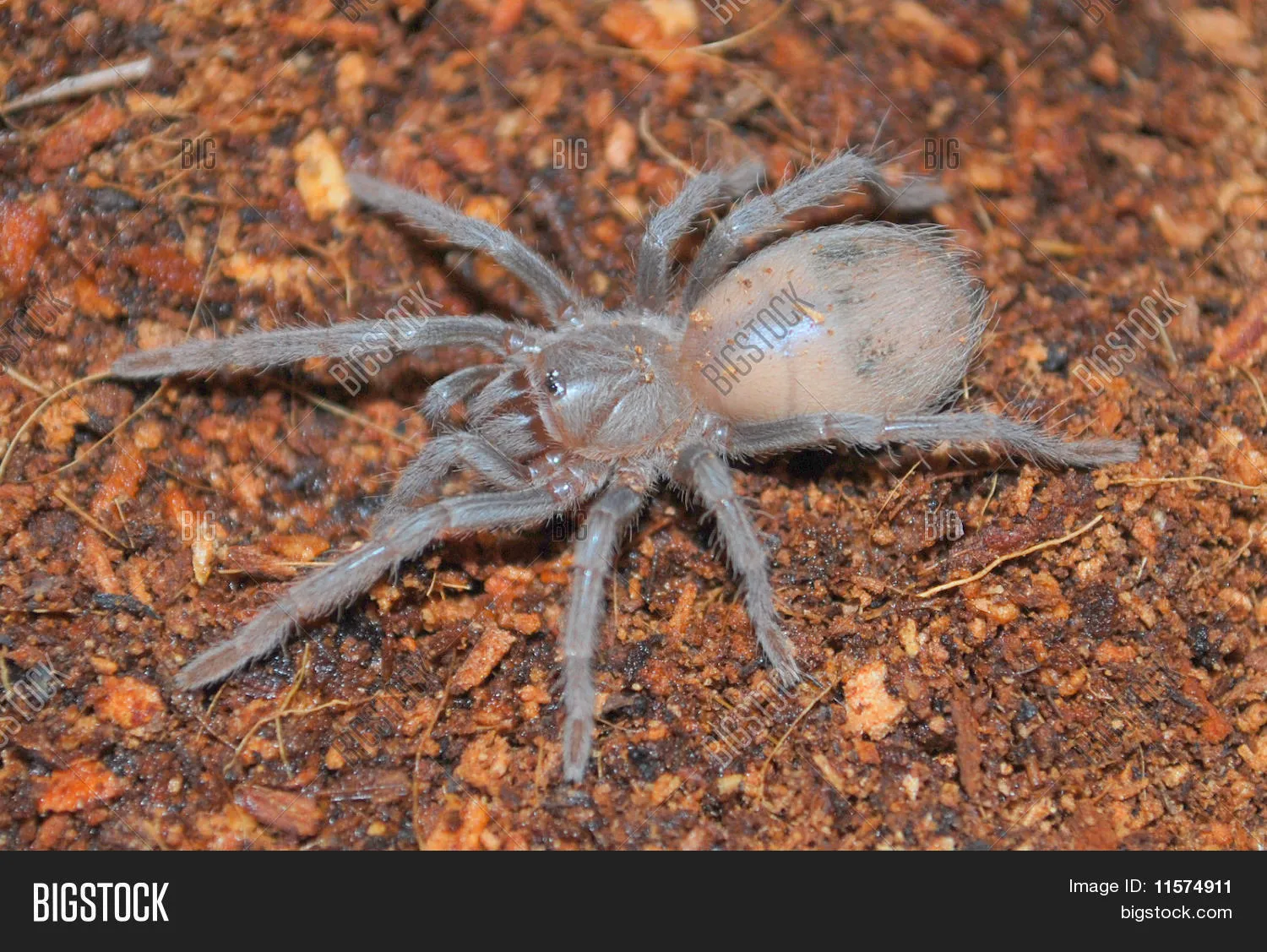
Fresh water should always be available for your Brazilian Salmon Tarantula. This can be provided using a shallow water dish or by misting the enclosure with water. Ensure the water dish is shallow enough to prevent the tarantula from drowning. Water is vital for the tarantula’s health, and it should always be available. Regularly check the water dish and refill it with fresh water. The substrate should also be kept slightly moist to help maintain humidity. Proper hydration is essential for the molting process and overall health. Regular misting helps maintain the proper humidity level, which is essential for the tarantula’s molting process. The availability of fresh water and appropriate humidity ensures that the tarantula stays hydrated and healthy. Avoid using tap water directly, as it may contain harmful chemicals. Filtered or bottled water is best to ensure that your tarantula is receiving clean, safe water.
Handling and Safety Precautions
While Brazilian Salmon Tarantulas are known for their relatively docile temperament, handling should be done with caution and a thorough understanding of the risks involved. Tarantulas, even the most docile, can bite if they feel threatened, and their hairs can cause skin irritation. Always prioritize the safety and well-being of both the tarantula and yourself. Recognizing and respecting the tarantula’s natural behaviors is key to safe interaction. Taking precautions and understanding these principles will help you interact with your pet safely. Understanding the risks associated with handling reduces the chance of accidents and ensures the well-being of both the handler and the tarantula. Handling should only be considered by experienced keepers.
Safe Handling Practices
If you choose to handle your Brazilian Salmon Tarantula, do so with extreme care. Handle them close to the ground to prevent falls. Avoid sudden movements and be gentle. Never try to force the tarantula to do anything it doesn’t want to do. Always wash your hands thoroughly before and after handling to prevent the spread of bacteria or other contaminants. Handling should always be done with caution and respect for the animal. Always prioritize the safety of the tarantula and yourself. Use gentle and slow movements to avoid startling the tarantula. Before handling, observe the tarantula’s behavior, such as its posture or its leg position, to gauge its level of stress. If the tarantula appears agitated, it’s best to avoid handling it. Handling is not essential for their health, and should be done cautiously, if at all.
Recognizing Signs of Stress or Aggression
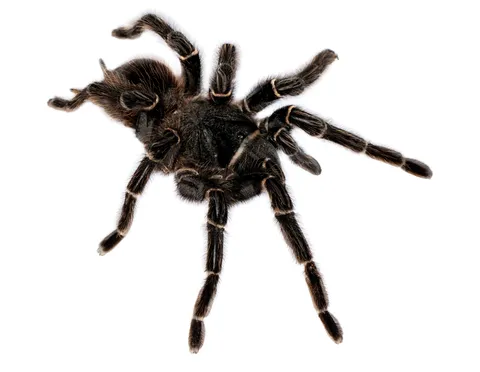
It is important to recognize signs of stress or aggression in your tarantula. These signs can include raising their front legs in a defensive posture, flicking hairs (urticating hairs), hissing, or striking. If your tarantula displays these behaviors, it is best to leave it alone and allow it to retreat to its hide. The tarantula’s behavior is a window into its health and emotional state. Being able to read the signs of stress allows you to make appropriate adjustments. Paying close attention to your tarantula’s behavior allows you to create an environment that minimizes stress and encourages natural behaviors. Knowing these signs helps you avoid unnecessary handling and reduces the risk of bites or other injuries. Always respect your tarantula’s space and behavior and avoid situations that cause unnecessary stress. If you notice such signs, it is best to give the tarantula time to calm down. Understanding these signals will help ensure a safe and enjoyable experience for both the tarantula and the owner.
Common Health Issues and Care
Like any pet, Brazilian Salmon Tarantulas can experience health issues. By being vigilant and knowledgeable, you can prevent or address these issues effectively. Providing a healthy environment, proper diet, and understanding common health problems are all essential elements of responsible tarantula care. Knowing how to recognize and address potential health issues is crucial for the long-term well-being of your tarantula. Regular observation and the implementation of preventative measures can significantly enhance your tarantula’s quality of life. Addressing health issues promptly improves the prognosis. Preventative measures help reduce the risk of health issues. These measures are essential for the long-term well-being of your tarantula and can help avoid complications.
Moulting Process and Care
Moulting is a natural process where the tarantula sheds its exoskeleton to allow for growth. This process can take several hours or even days. During this time, the tarantula will often stop eating and may retreat to its hide. It is important to leave the tarantula undisturbed during this time. After moulting, the tarantula’s new exoskeleton will be soft and vulnerable. Avoid feeding the tarantula for a few days until its fangs have hardened. Moulting is a vital process for a tarantula’s growth and health. Understanding what happens and what to do during moulting is crucial for ensuring a successful outcome. The tarantula’s behavior changes dramatically during this time, and it is important to avoid disturbing it. During the moulting process, the tarantula’s new exoskeleton is soft and vulnerable, making it an easy target. Understanding the moulting process allows you to support the tarantula’s development and safeguard its well-being during this sensitive period. After moulting, the tarantula requires extra time to adjust, so avoid handling it.
Identifying and Treating Common Diseases
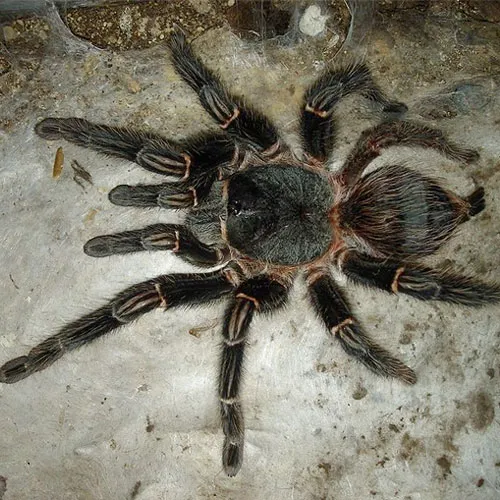
Although Brazilian Salmon Tarantulas are generally hardy, they can still be susceptible to certain diseases. Common issues include fungal infections, mites, and parasites. Fungal infections can be caused by high humidity and poor ventilation. Mites can infest the tarantula or its enclosure, causing irritation and potential health issues. If you notice any signs of illness, such as lethargy, loss of appetite, or unusual behavior, consult with a veterinarian who specializes in arachnids. Maintaining a clean and appropriate environment helps prevent these issues. Early detection and treatment are crucial for addressing any health concerns. Regular observation and proactive care can help you maintain a healthy environment for your tarantula and minimize health risks. Knowing these potential problems and taking the right steps is essential for the well-being of your tarantula. Consulting with a veterinarian specializing in arachnids is an important step in diagnosing and treating any health issues.
Breeding and Reproduction
Breeding Brazilian Salmon Tarantulas can be a rewarding experience. It requires careful preparation and knowledge of the species. The breeding process involves understanding the tarantula’s sex, the mating process, and the care required for the eggs and spiderlings. The breeding process can be quite complex, and it demands a deep understanding of the tarantula’s biology. Reproduction is a natural aspect of tarantula life. Proper planning and research are essential for success. The process of raising baby tarantulas requires special attention. Knowledge of the species, its behaviors, and the specifics of its care is important for successful breeding. It’s important to be informed and prepared before embarking on this process.
Sexing Your Tarantula
Identifying the sex of your tarantula is the first step in breeding. This can be done by examining the underside of the tarantula, particularly after a moult. Females have a spermatheca, which is a structure used to store sperm, while males have a pair of modified pedipalps used for mating. Examining the moulted exoskeleton often provides the best clues. Accurately sexing a tarantula is important. It ensures that you can effectively plan and prepare for the breeding process. Identifying the sex is also crucial for responsible tarantula keeping. The sex of the tarantula can influence its care and lifespan. Understanding the physical characteristics of each sex will allow you to determine whether you have a suitable pair for breeding. This knowledge is fundamental to tarantula reproduction and care.
Mating and Egg Sac Management
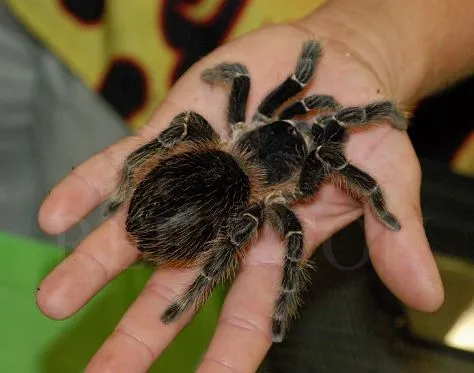
Mating Brazilian Salmon Tarantulas requires careful preparation and a controlled environment. The male should be introduced to the female’s enclosure, and their behavior should be closely monitored. If the female is receptive, mating will occur. After mating, the female will produce an egg sac. The egg sac should be carefully removed and incubated to provide ideal conditions for the developing spiderlings. Egg sac management requires a keen understanding of tarantula development. Incubating the egg sac ensures that the spiderlings will hatch in a controlled environment. Monitoring the egg sac and providing proper care helps ensure that a large number of spiderlings hatch successfully. Careful handling is key to the egg sac’s survival. The successful hatching of spiderlings depends on the care provided during incubation, and knowledge is essential to ensure the success of the process.
Conclusion
Caring for a Brazilian Salmon Tarantula is a rewarding experience. By understanding their needs and providing the appropriate care, you can ensure that your tarantula thrives. This guide provides a comprehensive overview of the key aspects of Brazilian Salmon Tarantula care, from setting up the enclosure to feeding, handling, and addressing potential health issues. By following these guidelines, you can provide a safe and enriching environment for your tarantula. With the right knowledge and dedication, you can enjoy the fascinating world of these impressive arachnids for many years to come. Caring for a Brazilian Salmon Tarantula can be a fascinating journey. The more you learn about these incredible creatures, the more you will appreciate their unique characteristics. Enjoy the process of caring for your Brazilian Salmon Tarantula, and watch as it thrives in its environment.
